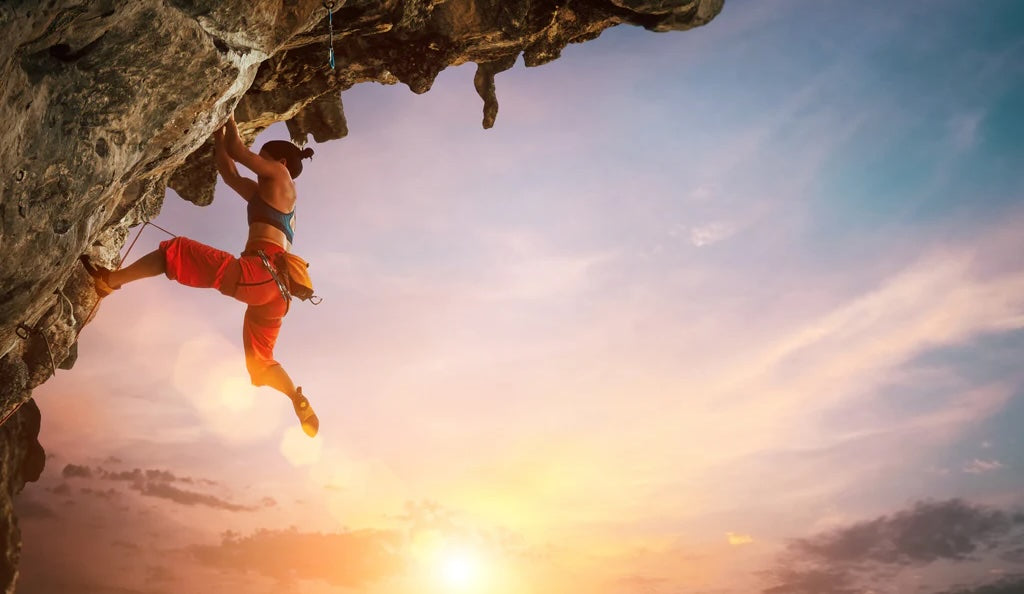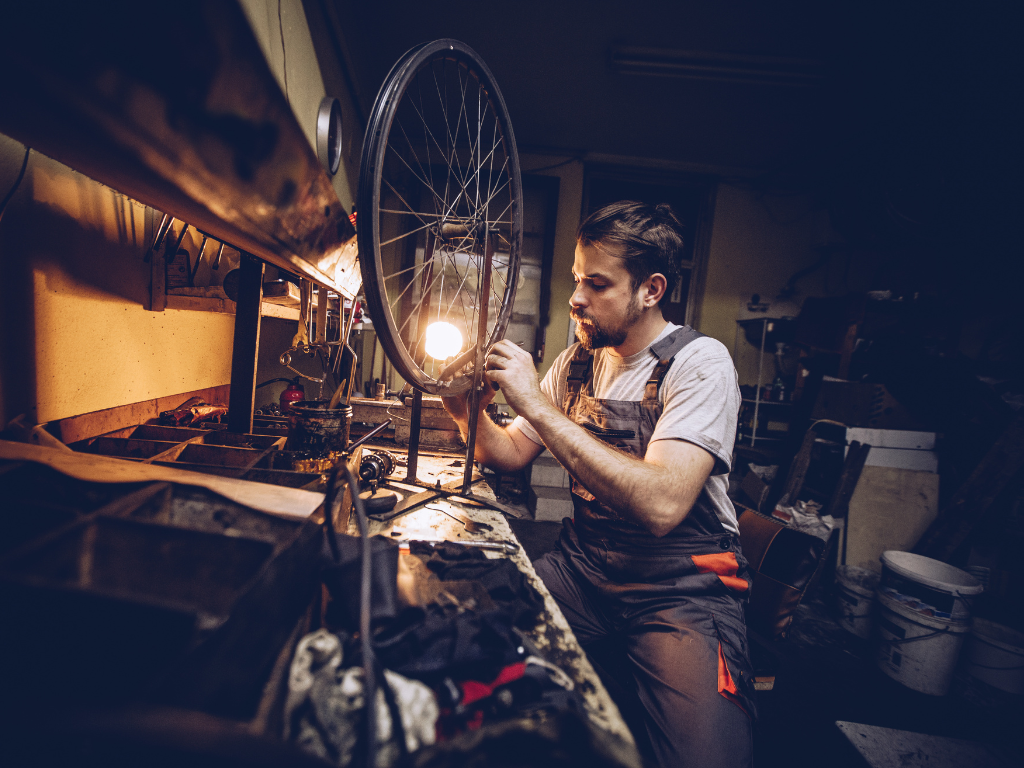Climbing is one of the most thrilling outdoor sports, but if you’re new, the different types can be confusing. Should you start with bouldering, sport climbing, or trad climbing? Each style challenges your body and mind in different ways, requires different gear, and offers unique experiences. Let’s break down the differences so you can choose the best type of climbing for your next adventure.

Bouldering vs. Sport Climbing vs. Trad: What’s the Difference?
What is Bouldering?
Bouldering is climbing at a smaller scale — no ropes, harnesses, or bolts required. Climbers focus on short but powerful routes called boulder problems, typically no higher than 6 meters (20 feet). The goal is to solve technical sequences of moves using strength, agility, and precise footwork.
Why bouldering is popular:
Minimal equipment needed: climbing shoes, chalk, and a crash pad.
Short, intense routes perfect for building strength and technique.
Can be done indoors at a gym or outdoors on natural boulders.
Bouldering is ideal for beginners wanting to improve climbing technique or for experienced climbers who love challenging, explosive moves. While falls happen often, crash pads and spotters keep risks manageable.
What is Sport Climbing?
Sport climbing uses pre-bolted routes and ropes for protection, making it safer than bouldering while allowing climbers to tackle taller walls. Quickdraws, harnesses, and belay systems are essential gear. Sport climbing emphasizes endurance, technique, and mental focus.
Key aspects of sport climbing:
Climb established routes with permanent bolts for safety.
Requires ropes, harnesses, carabiners, and quickdraws.
Routes vary in height and difficulty, offering sustained challenges.
Sport climbing is perfect for those who enjoy longer climbs, want to push their physical limits, and like the thrill of lead climbing with a belayer managing the rope.
What is Trad Climbing?
Traditional (trad) climbing is the most adventurous form of rock climbing. Unlike sport climbing, you place your own protection into cracks using cams, nuts, or stoppers. This requires experience, technical skill, and mental focus, but offers unmatched freedom and route creativity.
Why trad climbing stands out:
Climbers place removable gear into the rock themselves.
Routes can be multi-pitch and require endurance, skill, and problem-solving.
Offers a pure, adventurous climbing experience for those ready to commit.
Trad climbing is ideal for climbers seeking mental and physical challenges, route-finding creativity, and remote climbing adventures. It’s less beginner-friendly but incredibly rewarding for experienced climbers.
Bouldering vs. Sport Climbing vs. Trad: Quick Comparison
| Feature | Bouldering | Sport Climbing | Trad Climbing |
| Protection | Crash pads | Pre-placed bolts | Placed by climber |
| Route Length | Short (<6m) | Medium to long | Medium to long, multi-pitch |
| Equipment | Minimal | Harness, rope, quickdraws | Full trad rack (cams, nuts, rope) |
| Focus | Strength, technique | Endurance, technique | Technical skill, mental strategy |
| Risk Level | Low | Moderate | Higher |
Which Type of Climbing Should You Start With?
Bouldering – perfect for learning climbing movement, building technique, and experiencing short bursts of challenge.
Sport climbing – ideal for tackling longer climbs safely, with pre-bolted routes and ropes for security.
Trad climbing – best for experienced climbers seeking adventure, creativity, and mental challenges.
No matter your choice, all forms of climbing build strength, coordination, and problem-solving skills — plus they give you that unbeatable feeling of standing on top of a rock face.
Gear Up for Your Climb
Whether you’re starting with bouldering, sport, or trad climbing, having the right gear is essential:
-
Bouldering: Crash pads, climbing shoes, chalk.
-
Sport climbing: Harness, rope, quickdraws, belay devices.
-
Trad climbing: Full trad rack including cams, nuts, rope, and harness.
Check out our climbing gear collection at Outside Sports to get everything you need to start climbing safely and confidently.
Final Thoughts
Understanding the differences between bouldering, sport climbing, and trad climbing helps you choose the right type of climb for your skill level and goals. Whether you want quick, powerful moves, long routes, or adventurous self-placed protection climbs, there’s a type of climbing that fits your style. Start climbing today, and discover the thrill of reaching new heights!



